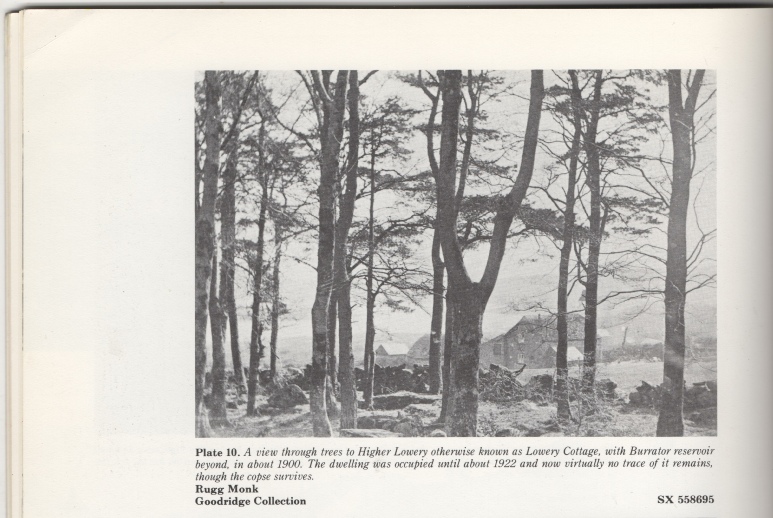 SOUTH WEST DARTMOOR: Lowery Cross and Burrator Halt
SOUTH WEST DARTMOOR: Lowery Cross and Burrator Halt
Get a new angle on Burrator Reservoir along an old railway track and enjoy the spectacular views on this fairly level and easygoing walk...
DISTANCE: 2.5 miles (easy walk, fairly level all the way)
NEAREST REFRESHMENTS: Burrator Inn or Meavy
FACILITIES: As above.
CAR PARKING: Small car park at Lowery Cross.
Burrator reservoir is a beautiful landmark on the moor and also a popular area for weekend recreation. I decided to delve into its history a little with an easy walk which takes in part of the dismantled Burrator railway.
Starting at Lowery Cross car park (SX 5487 693) keep the trees behind you and follow the path around Yennadon Down. On your right is the small old mining settlement of Dousland and past this is a patchwork of fields with a view to the horizon. Continue on and Plymouth Sound will be in front of you looking tantalisingly close enough to touch.
Also to your right are some remains of the old mining industry and disused quarries, some now just odd-shaped mounds as the landscape has reclaimed them. You will come out onto another path, running right to left, close to the disused mine (SX 543 684), so carry straight on keeping the granite wall to your right.
The path will take you past some houses, also on your right, after which you will find a water trough, then you will easily spy the dismantled railway track the other side of this.
Go left and you’ll find it’s a wide, easy-to-walk track with remnants of the past scattered along it. The road to the reservoir also runs parallel to it. After a short while you will join another path, just above the quarry car park at SX 550 677. To your right the path will link to a different footpath that will take you down to the dam itself.
Otherwise go left along the railway track and you will soon see glints of metal through the trees, down on your right. These eventually give way to glints of water and then you are rewarded with a fantastic view across the reservoir and dam.
Burrator dam was built in 19th century in response to the population growth of Plymouth when the existing leat system couldn’t cope with demand. Work began in 1893 and took five years to complete. The granite for it came from a quarry 200 metres upstream so when, 25 years later in 1923, work began to raise the dam an alternative site was found. This is now the quarry car park which you just passed.
The railway was opened in 1924 and was initially just for the dam workers but was later opened to the public. As you continue along the path you will spot some steps to your left and right. This is Burrator Halt, the old station. The railway closed in 1956.
If you want to see an image of the old railway track click here
As you approach a gate on the path you’ll hear the sound of rushing water and will just be able to make out the top of a waterfall. It is possible to get a closer look, however this is not for the faint-hearted as it’s very steep and muddy!
Go through the gate, then another one and you’ll should now be in a beautiful forested area which is part of Peekhill Plantation. Before you get a a footbridge over the road veer off left as the car park is the other of this. Follow the old tracks up through this peaceful forest and when you come out the other side you will spot a boundary stone on the wall. It is marked PCWW 917 and is a boundary marker for South West Water.
If you’re looking for a cross at Lowery Cross you won’t find one - it has disappeared into the mists of time. However if you’re feeling a little hard done by there is Yennadon Cross (SX 545 694) at the junction of the B3212 which you can view as you drive home.
Yennadon Cross (SX 545 694) is believed to have been an old marker stone for Buckland Abbey and is missing it’s arm due to some time spent as a gatepost.

 SOUTH WEST DARTMOOR: Lowery Cross and Burrator Halt
SOUTH WEST DARTMOOR: Lowery Cross and Burrator Halt